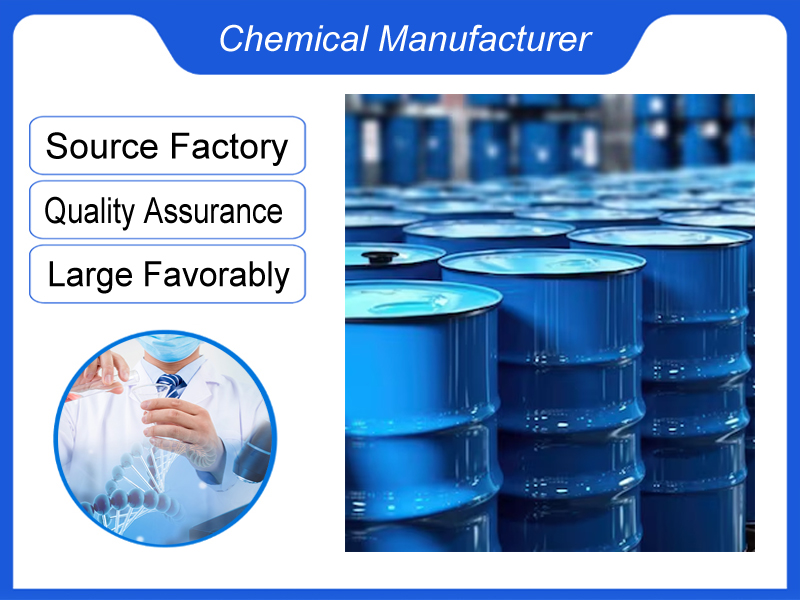
Ethyldichlorosilane
We are a manufacturer based in China. We specialize in providing high-quality Ethyldichlorosilane for industrial clients across various sectors. Whether you need chemicals consultation or technical support, our team is here to help.
Category:Chemical Additives Own Brand:MT /MOQ:100KG /From China/ B2B only.
Introduction
Ethyldichlorosilane
Chemical Formula: C₂H₆Cl₂Si
Structure: Chlorosilane with a silicon atom bonded to:
- Two chlorine atoms (-Cl).
- One ethyl group (-C₂H₅).
- One hydrogen atom (-H).
Physical Properties
- Appearance: Clear, colorless to pale yellow liquid.
- Odor: Pungent.
- Reactivity:
- Moisture-sensitive: Reacts violently with water/humidity, releasing HCl gas.
- Highly reactive in hydrolysis and condensation reactions.
Applications
- Silicone Chemistry:
- Intermediate for synthesizing silicones, resins, and coatings.
- Material Science:
- Coupling agent and surface modifier in adhesives, sealants, and composites.
- Specialty Chemicals:
- Precursor for pharmaceuticals and industrial additives.
Safety Considerations ⚠️
- Health Hazards:
- Causes severe irritation to skin, eyes, and respiratory system.
- Releases corrosive HCl upon hydrolysis.
- Handling:
- Use PPE (gloves, goggles, respirator) and work in a fume hood.
- Storage:
- Store in a cool, dry, airtight container away from moisture and incompatible materials.
Summary:
Ethyldichlorosilane’s organosilicon reactivity drives its role in silicone production and material engineering. Its moisture sensitivity and corrosive hazards necessitate stringent safety protocols during handling and storage.
If you're ready to take the next step, Leave your message below and we’ll reply soon. 20+ years of chemical manufacturing & export experience, a partner you can trust.





